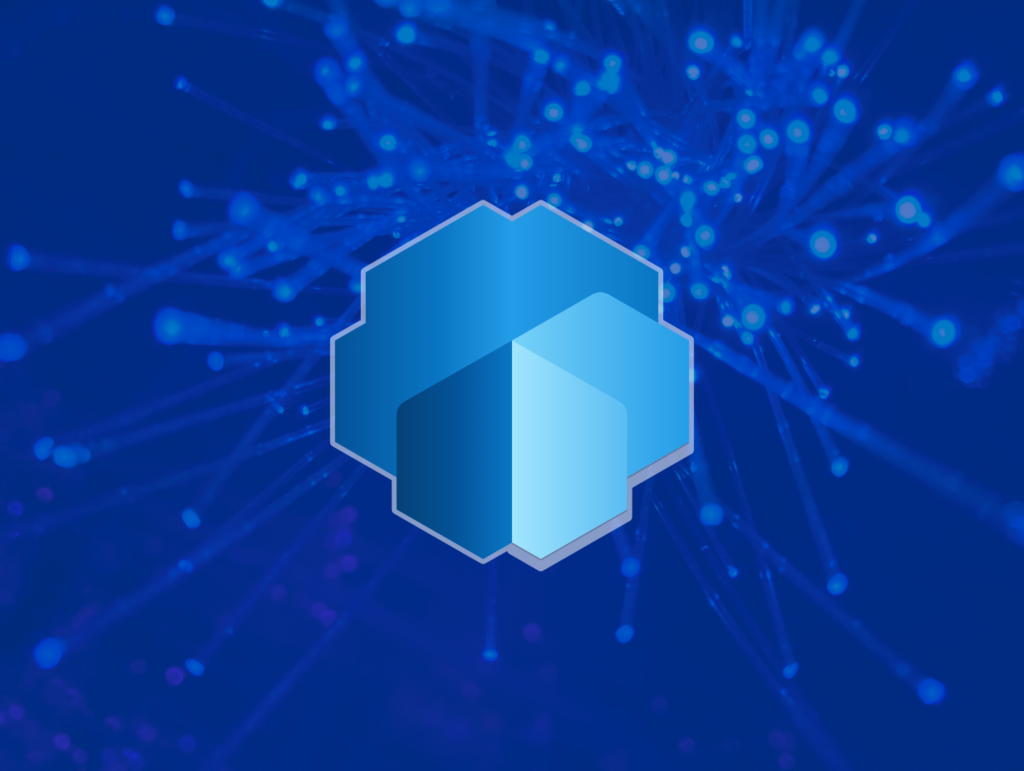The integration of artificial intelligence (AI) into Microsoft Power Apps opens up a wide range of opportunities for any organisation to increase their efficiency and intelligence. With the AI Builder, a central AI tool within the Power platform, companies can take advantage of modern AI technologies in areas such as automation, personalisation, predictions and much more. They can develop AI models to create forecasts, recognise objects or process forms. You can easily integrate these into your applications.
The AI Builder’s user-friendly interface enables even people without prior technical knowledge to create AI-supported solutions. This allows companies to reduce repetitive tasks and manual data entry, minimise errors and increase accuracy. Employees are relieved and can concentrate on strategic tasks while time-consuming processes are automated.
These intelligent AI solutions help your company to organise its processes more efficiently and sustainably increase its productivity.
To make your business smarter…
Microsoft AI Builder has several key features that you can use for your business applications. To optimise your business processes, you can use a pre-built AI model or develop your own model to meet your business needs.
- Object recognition: Develop models to identify specific objects in images and automatically perform actions based on the results.
- Form processing: Analyse and extract relevant information from documents such as invoices or order forms.
- Forecast models: Create AI models that you can use to predict results such as sales forecasts or customer behaviour.
With these functions, you can automate business processes based on AI and gain important insights into your data.
Step-by-step instructions with Microsoft AI Builder
AI Builder provides pre-built models for common use cases such as text recognition, form processing, image classification and prediction. These models can be integrated into Power Apps and Power Automate to create automated and intelligent processes. Models are available that can be used predefined (e.g. processing of invoice documents) or those that are customised and taught to the requirement (e.g. object recognition). In both cases, no programming is necessary and training is also very easy via a studio. All models can be integrated directly into a Power Automate Flow or a Power App, making it easy to use AI and machine learning.
Getting started with AI Builder is easy, especially thanks to the seamless integration into the Microsoft Power Platform. These tips should help you to create your first model:
1. activate AI Builder: In Power Apps or Power Automate, navigate to AI Builder and activate the function.
2. select AI model: Select your desired AI model type, e.g. object recognition, predictions or text classification, which match your conditions.
3. connect data: Select the company-specific data from the available options. You have the option to customise pre-built AI models to optimise the performance of your AI for your business conditions.
4. train the AI model: Training is an automated process. It teaches your AI model to solve your business problems (e.g. identify your products on an image) based on your business data and tailoring. Once the AI model is trained, it is able to perform insights, such as recognising the number of objects in an image or the result of a prediction or list.
5. publish the model: Once the model has been trained, you can integrate it into your app or automated workflows.
Conclusion
The Microsoft Power Platform has evolved into a powerful tool for application development through the integration of AI. It combines human creativity with machine intelligence and opens up new opportunities for companies to optimise processes and create innovative solutions. With Microsoft Power Apps and AI Builder, AI functions can be used efficiently and without programming knowledge, for example for automation, data analysis or personalised customer interactions. This increases productivity, reduces costs and promotes competitiveness. Companies can optimise workflows, predict trends and drive digital transformation – a solid foundation for sustainable growth in a data-driven world.

